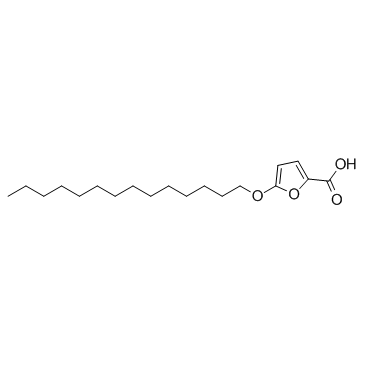Acetyl-CoA Carboxylase
Acetyl-CoA carboxylase (ACC) is a biotin carboxylase that catalyzes the ATP-dependent condensation of acetyl-CoA and carbonate to form malonyl-CoA. The malonyl-CoA produced by ACC serves two major physiologic functions. It is an essential and rate-limiting substrate for de novo lipogenesis (DNL), and it acts as an allosteric inhibitor of the enzyme carnitine-palmitoyl transferase I (CPT-1). Acetyl-CoA carboxylase (ACC) inhibitors offer significant potential for the treatment of type 2 diabetes mellitus (T2DM), hepatic steatosis, and cancer.
Acetyl-CoA carboxylase (ACC) in mammals is encoded by two related enzymes ACC1 and ACC2, which catalyze the ATP dependent carboxylation of acetyl-CoA to form malonyl-CoA. ACC1 encodes a cytoplasmic isoform that is thought to be the predominant isoform controlling FASyn, whereas ACC2 is tethered to the mitochondrial outer membrane, where localized malonyl-CoA production blocks CPT-1 function to prevent fatty acids from entering the mitochondria to undergo fatty acid oxidation (FAOxn).
Targets for Acetyl-CoA Carboxylase
Products for Acetyl-CoA Carboxylase
- Cat.No. Product Name Information
-
GC68587
A-908292
A-908292 is an effective and selective inhibitor of acetyl-CoA carboxylase 2 (ACC2), with an IC50 value of 23 nM for hACC2. A-908292 can be used in the study of fatty acid metabolism.
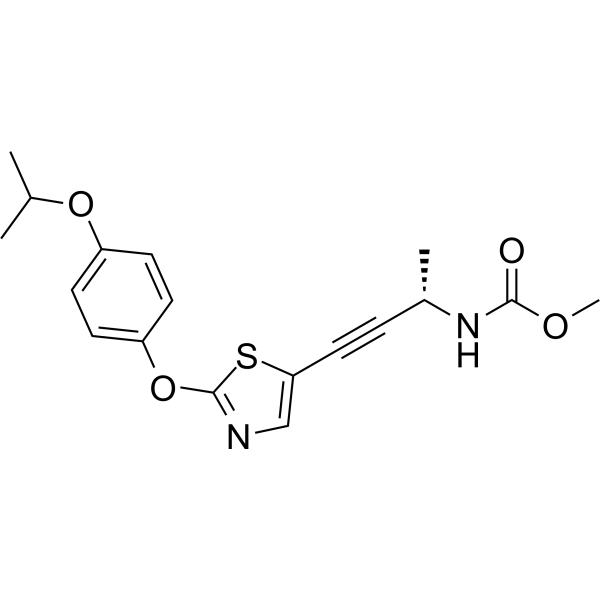
-
GC13434
CP-640186
isozyme-nonselective acetyl-CoA carboxylase (ACCase) inhibitor
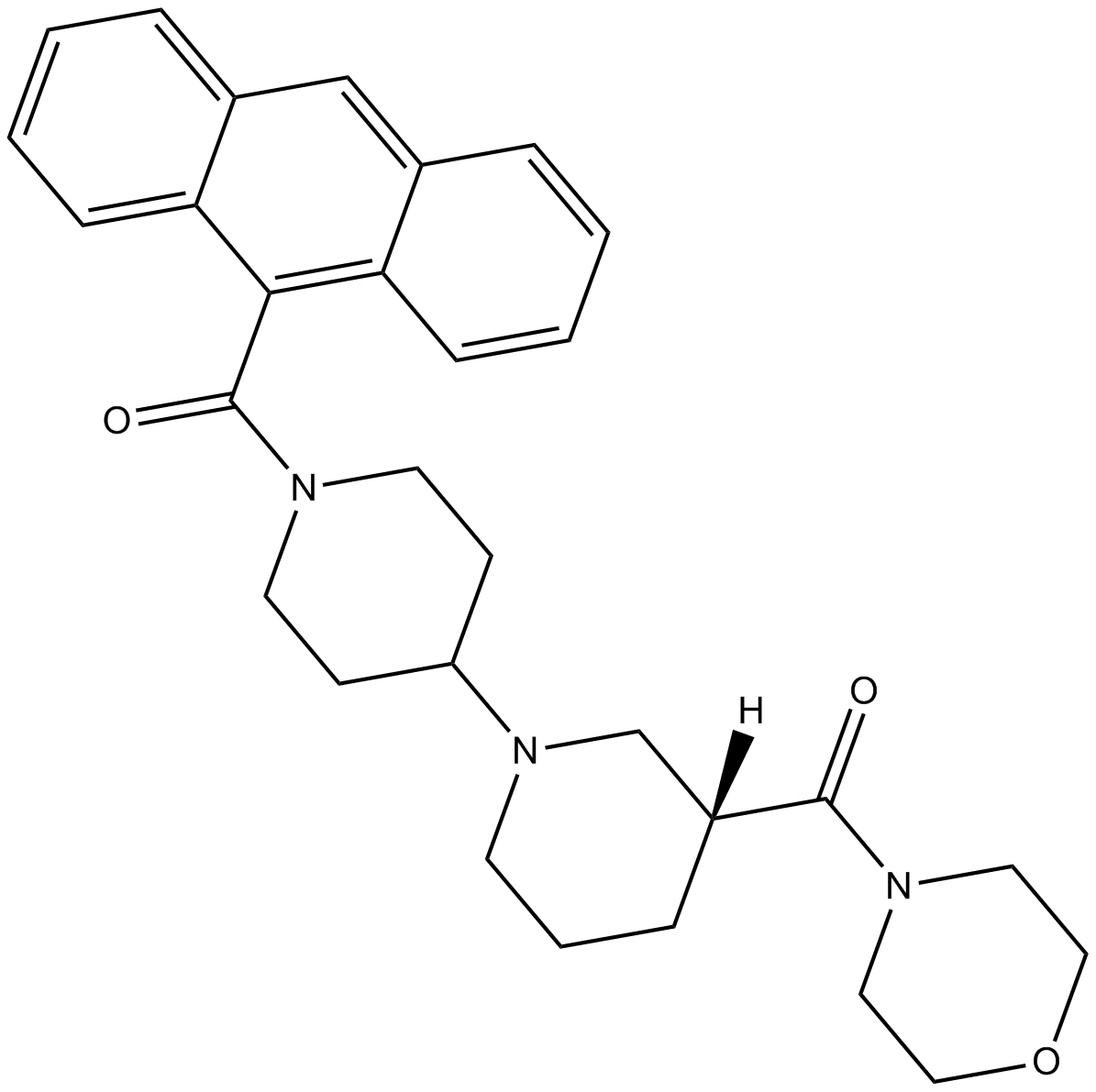
-
GC35740
CP-640186 hydrochloride
CP-640186 hydrochloride is an orally active and cell-permeable Acetyl-CoA carboxylase (ACC) inhibitor with IC50s of 53 nM and 61 nM for rat liver ACC1 and rat skeletal muscle ACC2 respectively.
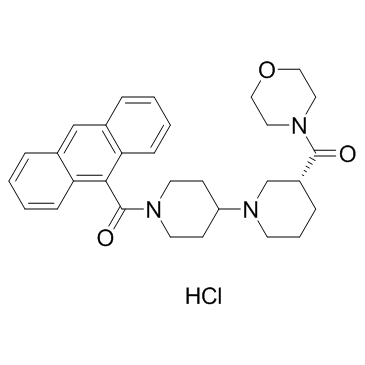
-
GC61758
Fluazifop-P-butyl
Fluazifop-P-butyl, a graminicide from arylophenoxypropionate group, is a acetyl-CoA carboxylase (ACCase) inhibitor.
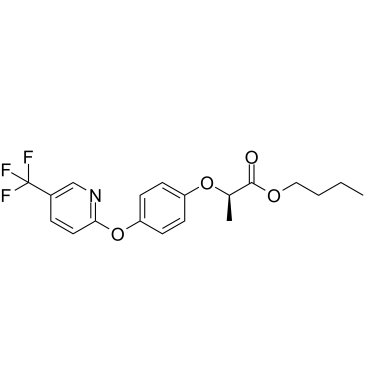
-
GC64300
Haloxyfop
Haloxyfop is an aryloxyphenoxypropionic acid herbicide and is widely used in grass weeds in broad-leaf crops.
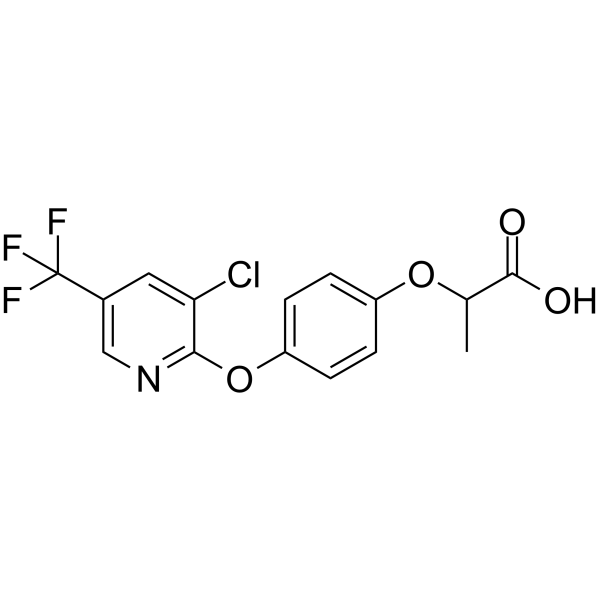
-
GC31344
MK-4074
MK-4074 is a liver-specific inhibitor of acetyl-CoA carboxylase ACC1 and ACC2 with IC50 values of approximately 3 nM.
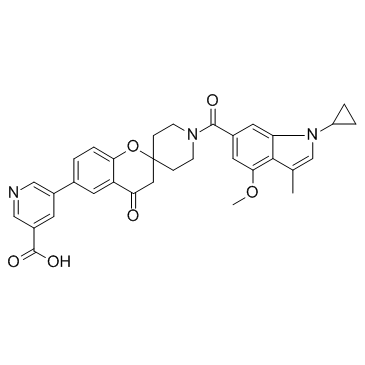
-
GC19261
ND-630 (Firsocostat)
ND-630 (Firsocostat) (ND-630; GS-0976; NDI-010976) is an acetyl-CoA carboxylase (ACC) inhibitor; inhibits human ACC1 and ACC2 with IC50 values of 2.1 and 6.1 nM, respectively.
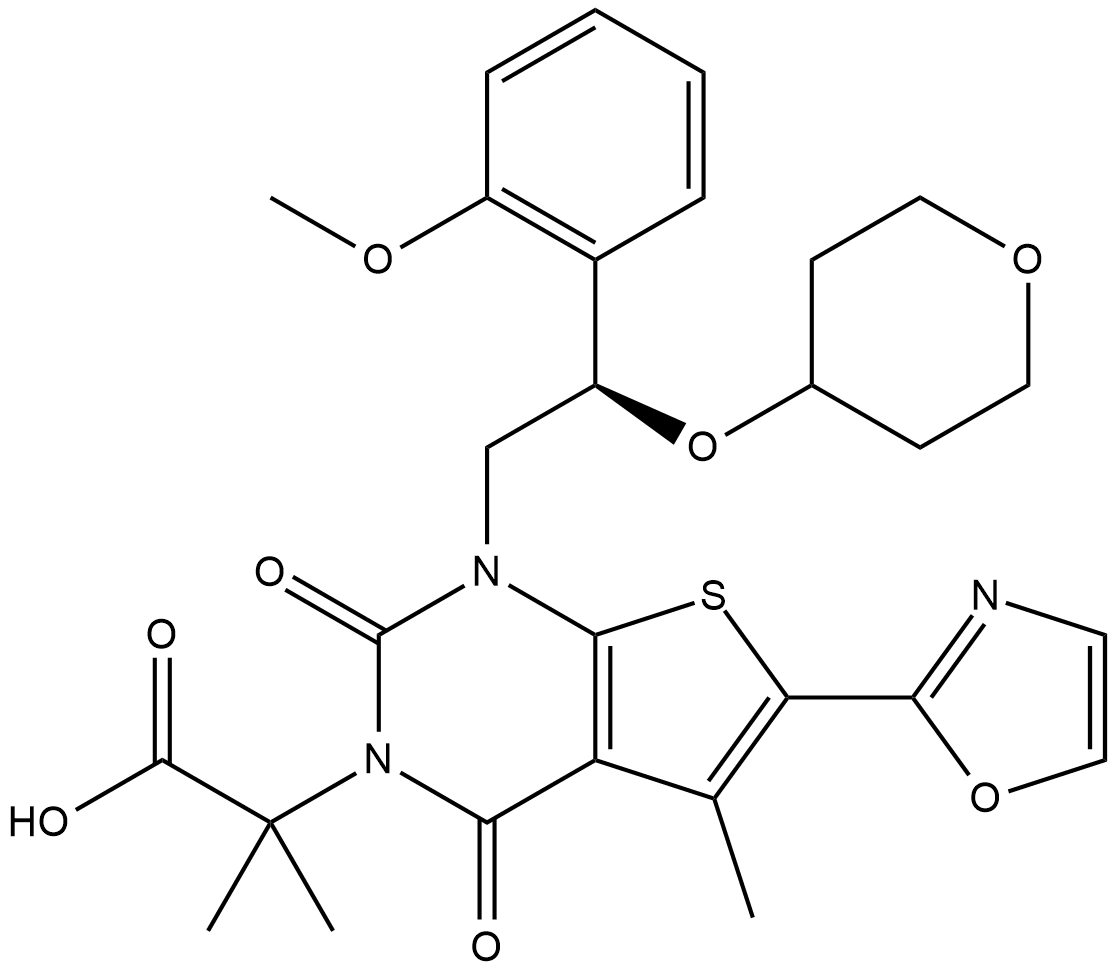
-
GC32706
ND-646
ND-646 is an orally bioavailable and steric inhibitor of acetyl-CoA carboxylase (ACC) with IC50s of 3.5 nM and 4.1 nM for recombinant hACC1 and hACC2, respectively.
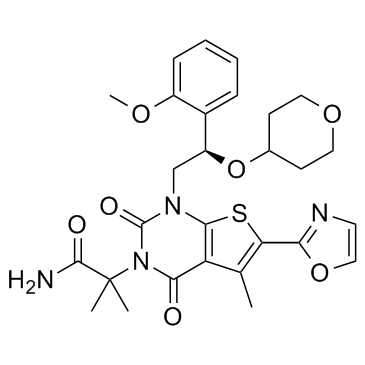
-
GC30047
Olumacostat glasaretil
Olumacostat glasaretil is a small molecule inhibitor of acetyl coenzyme A carboxylase (ACC).
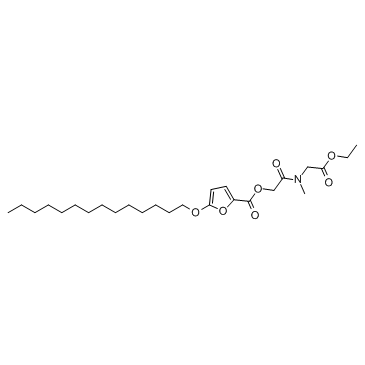
-
GC19284
PF-05175157
PF-05175157 is broad spectrum acetyl-CoA carboxylase (ACC) inhibitor with IC50s of 27.0, 33.0, 23.5 and 50.4 nM for ACC1 (human), ACC2 (human), ACC1 (rat), ACC2 (rat), respectively.
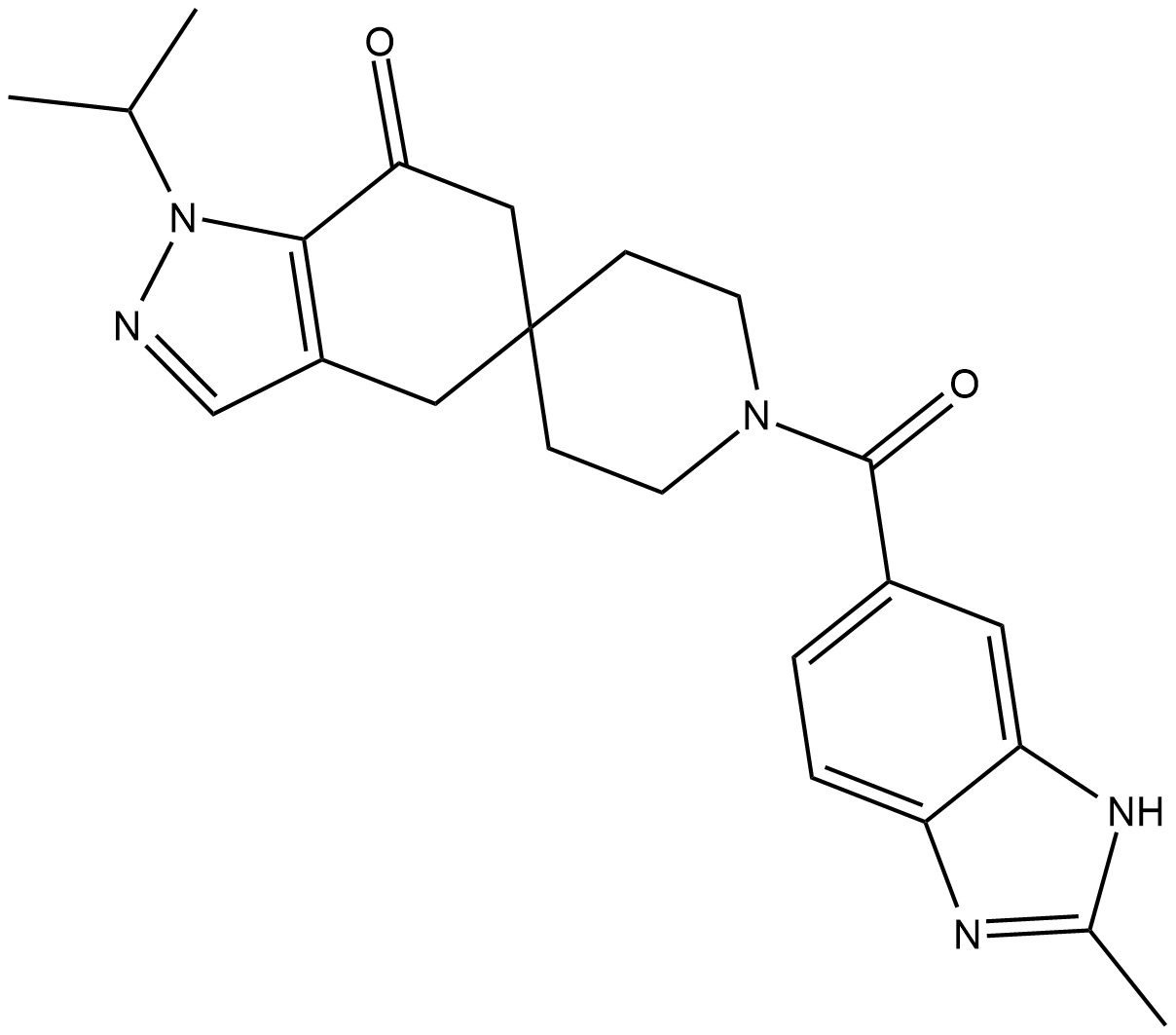
-
GC25726
PF-05221304
PF-05221304 is an orally bioavailable, liver-targeted inhibitor of acetyl-CoA carboxylase (ACC), an enzyme that catalyzes the first committed step in de novo lipogenesis (DNL).
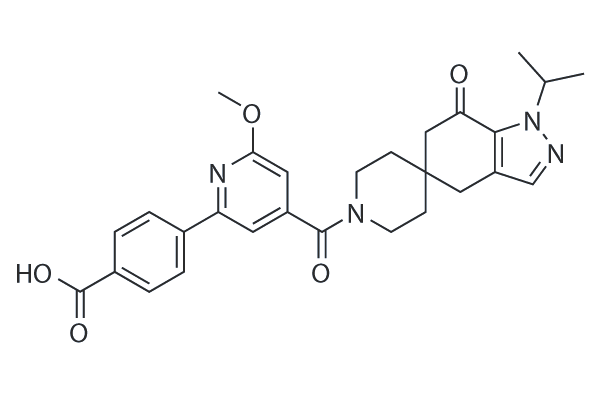
-
GC32715
TOFA (RMI14514)
TOFA (RMI14514) (RMI14514;MDL14514) is an allosteric inhibitor of acetyl-CoA carboxylase-α (ACCA ).
